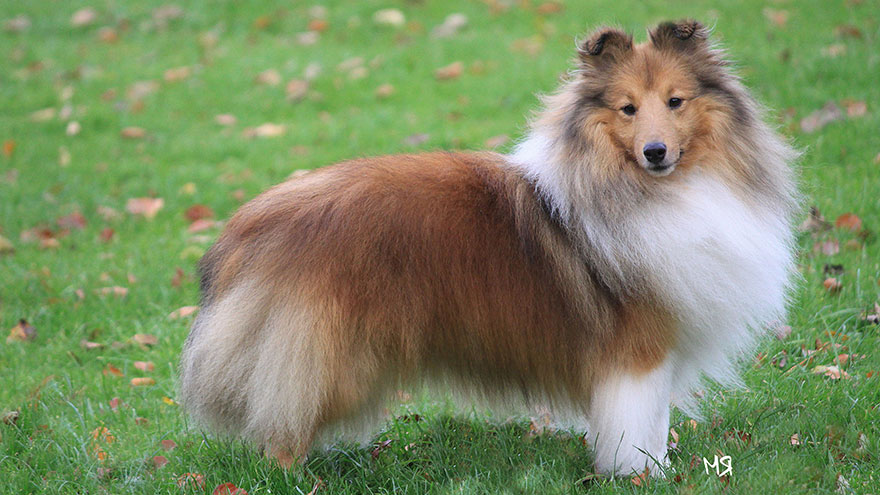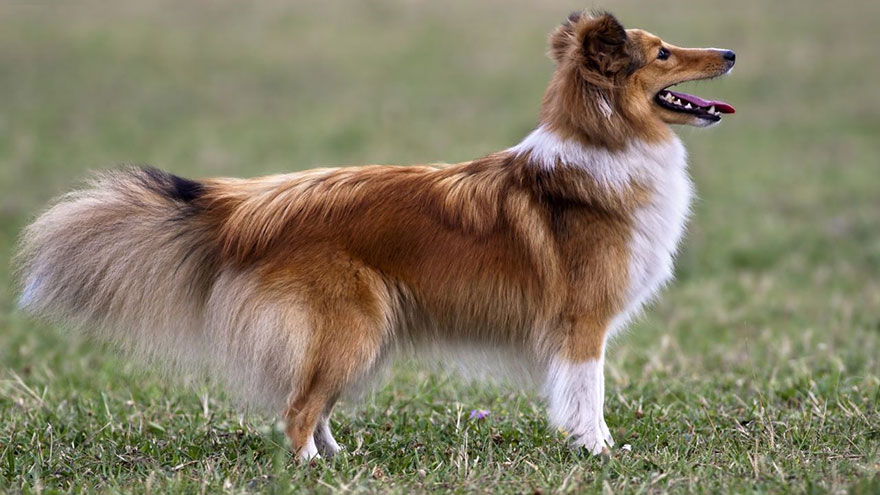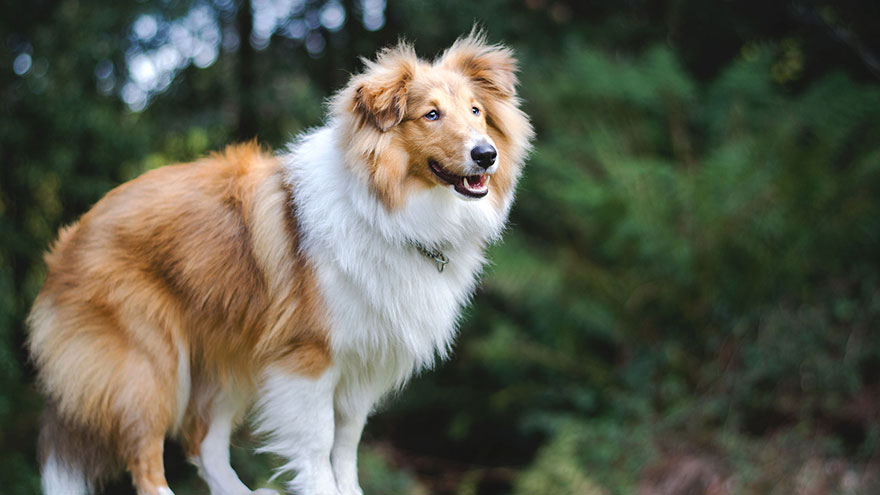Shetland Sheepdog Breed Information
If you are looking for a great companion that is the equal of any dog in intelligence, the Shetland Sheepdog (Sheltie) may be the perfect pet for you. Long known as an excellent herding dog, the Sheltie will also be a great friend, loyal and loving.
This breed has become quite popular in recent years for two reasons – it is beautiful and very gentle. Many Shetland Sheepdog owners report being amazed at the almost human-like intelligence of the breed. With proper training, the Sheltie makes a delightful pet.
A Shetland Sheepdog is similar in appearance to the rough Collie, though smaller size. As with many intelligent breeds, the Sheltie must be given plenty of socialization as a puppy so that the dog becomes comfortable around family members, especially children.
Shetland Sheepdogs that are given basic obedience training and are treated with loving care overcome natural shyness and suspicion of strangers. In the right home, the Sheltie is both a great pet and a fine watchdog.
Shetland Sheepdog Temperament
This hardy and energetic breed originated in northern Scotland, working as a farm dog and herding dog. The breed is very trainable and willing to obey, especially with the right early socialization.
Some owners have found their Shetland Sheepdog to be suspicious of strangers, though with some basic training this trait can be focused so that the Sheltie becomes a good watchdog. The Sheltie is generally a very gentle and loving pet and can be quite good with children as it spends more time with them.
Found by many owners to be intensely loyal, the Shetland Sheepdog will be protective of family members. In fact, this breed is usually at its best with constant companionship from those it loves.
The American Kennel Club considers shyness and timidity to be serious faults in the Sheltie. However, a Shetland Sheepdog should also not snap at strangers or bark excessively.

Shetland Sheepdog Size and Color
The Shetland Sheepdog or Sheltie is usually found in three color combinations – sable, which can range from gold to a mahogany tone; tri-color, which is black, white and tan; or blue merle, which has the color pattern of the tri-color with grey in the mix. Some other variations are found in the Sheltie but most are considered unacceptable in the show ring.
The height of the Shetland Sheepdog at the withers ranges from 13 inches to 16 inches. Weight can vary widely, with the average Sheltie weighing 15-20 pounds. Some dogs however can weigh several pounds more. Undersize and oversize Shelties can appear in the same litter. Some clubs and organizations recommend not using these dogs for breeding.

Shetland Sheepdog Feeding and Grooming Requirements
A Shetland Sheepdog may tend to overeat if the food is provided and the breed can become overweight without proper exercise. Some owners report that their Shelties have a sensitive stomach, so it is probably best not to feed table scraps and spicy foods.
With a diet of fresh foods and a schedule of regular exercise, the Sheltie is a generally healthy breed. If commercial food were given on a daily basis, it would be best to use only high-quality brands.
Regular brushing is necessary with the Sheltie coat. Many professional grooms recommend giving the coat a light misting of water to help take out the mats that often occur. Shetland Sheepdogs have a two-layer coat. The dense undercoat sheds twice each year. Since the breed is known to be concerned about its cleanliness, baths should be given only when necessary. Dry shampoo baths are recommended.

Shetland Sheepdog Exercise Needs
The Sheltie is a working dog, long used for herding sheep and cattle on the open country of northern Scotland. This breed is active and energetic, needing plenty of exercise.
The Shetland Sheepdog will enjoy games and play that involves family members, though the owner should be careful not to allow the Sheltie to run completely free. The dog’s breeding may lead it to chase other animals and this could lead to problems with street traffic.
Daily walks and active play will keep the Sheltie happy. Most Shetland Sheepdogs kept as pets will mix with groups outside quite well, though the dog may show some natural instincts in circling and barking as it attempts to “herd” groups of people. Shelties will move with speed and a smooth gait when running.

Read More About Shetland Sheepdog
- Shetland Sheepdog : 10 Most Common Questions
- Shetland Sheepdog Training Guide
- Shetland Sheepdog Health Guide
- Owning A Shetland Sheepdog : Breeder Recommendations

